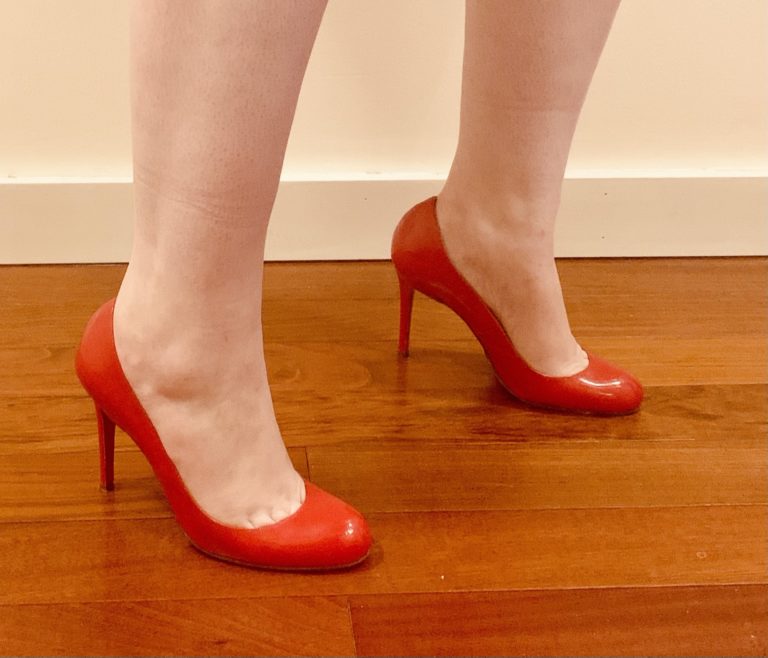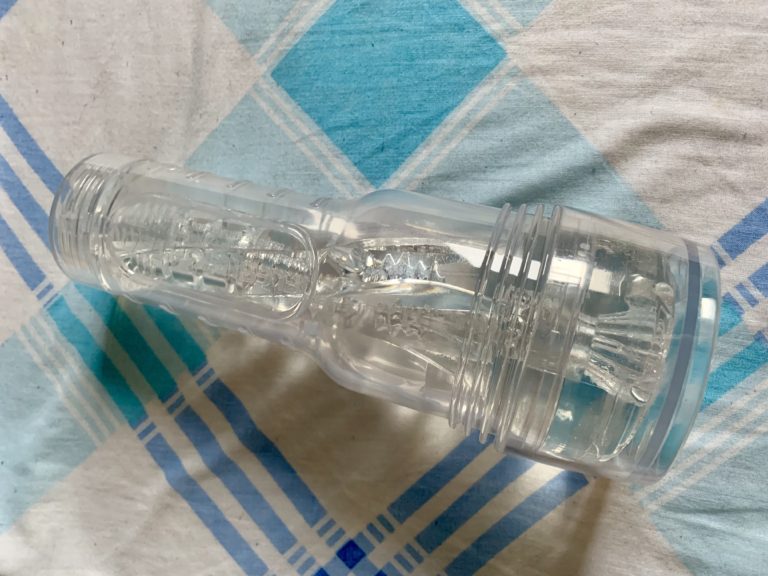
As you might have inferred from the many photos on this blog that feature collars, paddles, cuffs, and so on, I love BDSM accessories so much! They can brighten and broaden your sex life in all sorts of delightful ways.
As someone who often advises folks on upgrading their sex toy collections, I often see the same mistakes being made over and over again. Here are some classic pitfalls to avoid when shopping for new kink toys…
Assuming their partner is on board
I can’t even begin to tell you the number of times I saw customers doing this when I worked at sex shops. They would come in, a wicked smile on their face, and ask for my help picking out a bondage kit, or an electrostimulation toy, or wax-play candles… and when I inquired further, they would reveal that they had not discussed this with their partner, but just thought it’d be fun to surprise them with something spicy.
While there certainly are people who would consent to being surprised in this way, the key word there is consent. You can’t know if your partner has any interest in [x kink] if you’ve never discussed it with them. Chat with your person/people before shopping for new sex toys you plan on using together, so you don’t make them feel pressured when you show up unannounced with a scary implement in your hands – or, even better, involve them in the shopping process directly, so you can make decisions that work for both/all of you.
Not knowing the difference between aesthetic novelties and toys made for rough use
There are a lot of BDSM toys out there, and not all are created equal. Some are made durably enough to withstand even intense scenes between kinksters who play hard, while some would be more suitable for scenes where you’re moreso pretending to be restrained, or spanked, or collared, or whatever – scenes where it’s the idea of the act that matters, not the act itself.
For example, I have several different collars; some are mostly for aesthetics, and would tear or warp if someone tugged on them or attached them to a leash, while some are thick and sturdy enough that I can be yanked around by them without damaging the collar. Pay attention to material, quality of construction, price, and whether the company making the toy specializes in kink gear; these can all be indicators of how it’ll hold up under duress.
Ignoring safety in favor of aesthetics
For instance, while many people fetishize the aesthetic of metal handcuffs, they are actually not considered safe for kink usage. (Or presumably for any other usage. ACAB, forever and ever, amen.) They dig into your wrists, especially if secured too tightly, and can cause bruising, cuts, and even permanent nerve damage. Leather bondage toys are much safer, as are fabric ones.
I have also seen such travesties as spanking paddles with sharp edges, butt plugs with an insufficiently flared base, and gags that would make it nearly impossible to breathe if one’s nose became congested mid-scene. Think about potential safety concerns before you make any purchase, and read articles on safety by BDSM experts if you’re not sure.
Eyes too big for your… whatever
I’ll be the first to admit that I have made this mistake: bought dildos and butt plugs too huge for me to possibly use comfortably, thrown cute but mega-stingy paddles into my cart even though I know I dislike stingy pain, eyed spreader bars despite the knowledge that my legs don’t even spread that wide. It’s a normal human impulse to want to push yourself outside your comfort zone sometimes, but be conscious of which boundaries can be bent and which are actually limits.
If you get a toy home and discover it doesn’t work for you, some shops will let you return or exchange it. If it’s a non-porous product, you may be able to sanitize it and gift it to a friend or partner who’ll be able to make better use of it.
What mistakes have you made while shopping for kink toys?
This post was sponsored by the folks at Tracy’s Dog, who have recently released some new kink toys! As always, all writing and opinions are my own.



